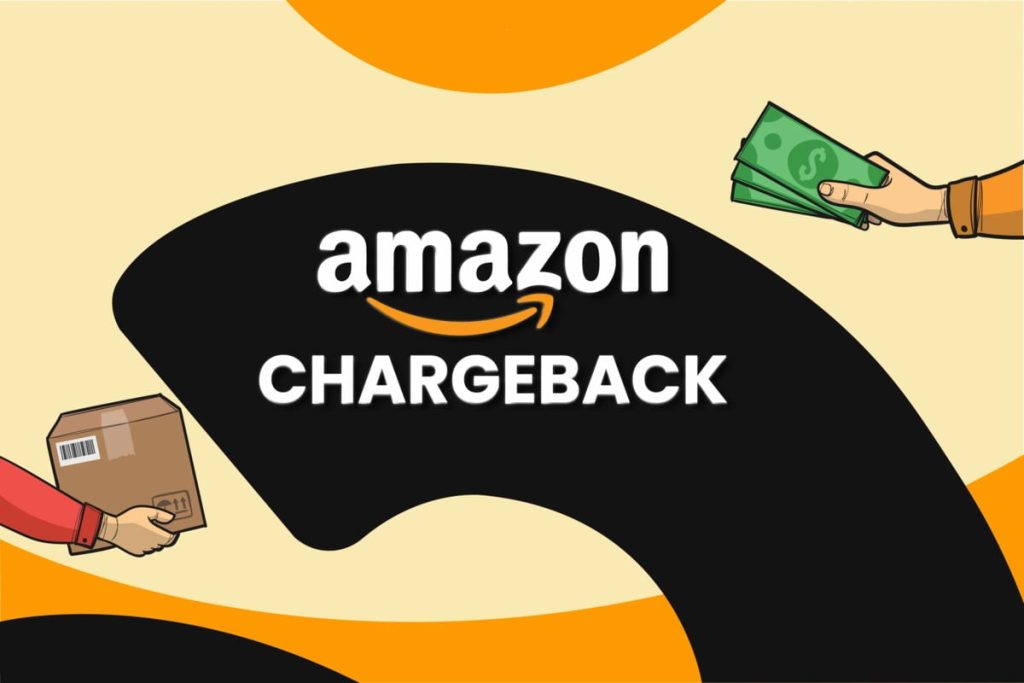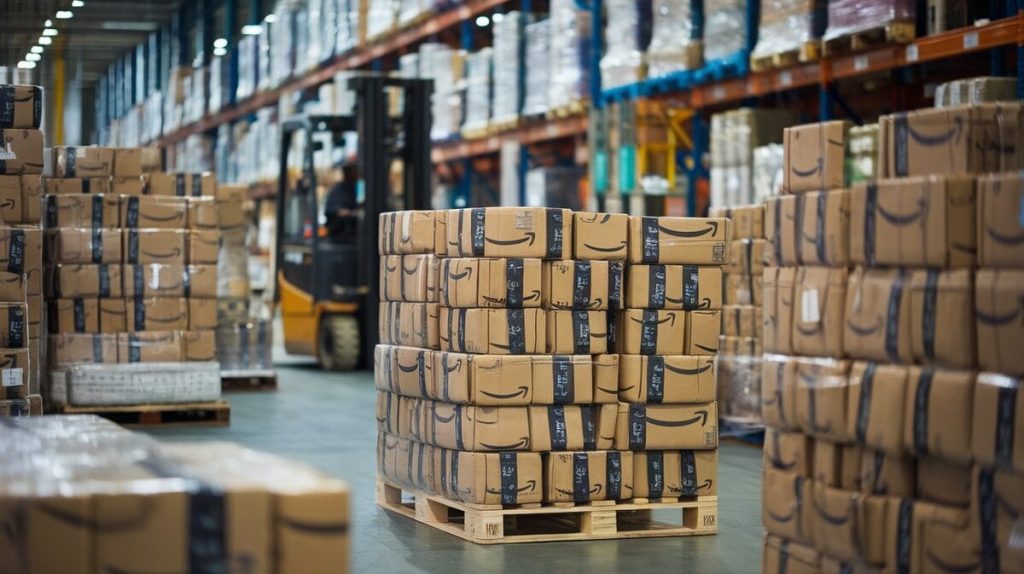Amazon’s marketplace offers vast opportunities, but managing shortages and chargebacks is crucial for maintaining profitability. This guide outlines the key steps vendors need to take to minimize these challenges and safeguard their business.
Understanding Amazon Chargebacks and Shortages
What Are Chargebacks and Shortages?
Chargebacks are fees Amazon imposes on vendors for failing to meet specific operational requirements, such as incorrect labeling, missed delivery windows, or inaccurate Advanced Shipping Notices (ASNs). Shortages occur when there is a discrepancy between the quantity of goods shipped and the amount Amazon receives.
Key Statistics:
- 93% of brands experience supply chain-related chargebacks from Amazon.
- Chargebacks typically represent 1-3% of total sales, but can reach up to 30% of the cost of goods sold (COGS) in extreme cases.
Common Types of Amazon Chargebacks
Key chargeback types vendors face include:
- ASN-Related Chargebacks: Due to incorrect or missing data in the Advanced Shipping Notice.
- PO Accuracy Chargebacks: Result from mismatches between the purchase order and goods received.
- Labeling Issues: Arise when products are improperly labeled, leading to scanning errors.
- On-Time Delivery Chargebacks: Imposed when shipments do not arrive within the scheduled delivery window.

Financial Impact on Vendors
Chargebacks and shortages can significantly reduce profits. For instance, a vendor with $10 million in Amazon sales might lose $800,000 due to a combination of 5% in chargebacks and 3% in shortages.
Table 1: Example of Chargeback and Shortage Impact on Revenue
| Item | Percentage of Sales | Dollar Impact ($) |
|---|---|---|
| Total Revenue | 100% | $10,000,000 |
| Chargebacks | 5% | $500,000 |
| Shortages | 3% | $300,000 |
| Net Revenue After Deductions | 92% | $9,200,000 |
Frequent chargebacks and shortages can damage a vendor’s relationship with Amazon, leading to lower product rankings and potential suspension of vendor privileges.
Strategies for Reducing Chargebacks and Shortages
Accurate Catalog Management
Maintaining an accurate product catalog is critical for avoiding discrepancies that lead to shortages and chargebacks. Ensure your product data aligns with Amazon’s expectations.
Best Practices:
- Regularly audit catalog data, focusing on UPCs, GTINs, and other identifiers.
- Use automated tools to synchronize your catalog with Amazon’s system.
- Perform quarterly reviews to ensure consistency.
Proper Labeling and Packaging
Incorrect labeling and packaging are among the top causes of chargebacks. Ensure all products comply with Amazon’s labeling requirements.
Recommendations:
- Use GS1-standard barcodes for all labels and ensure they are correctly placed and free from damage.
- Avoid oversized cartons unless necessary, as these can trigger additional fees.
- Implement a final inspection process before shipment to catch labeling errors.
On-Time Delivery Compliance
Timely delivery is crucial in avoiding chargebacks related to PO accuracy and on-time performance. Establish efficient logistics processes to meet Amazon’s delivery windows.
Strategies:
- Coordinate closely with carriers to ensure adherence to delivery schedules.
- Utilize Amazon’s Vendor Flex program, which allows Amazon to operate a mini-fulfillment center within your facility, reducing the risk of delays.
- Regularly monitor shipment performance and adjust logistics partners as needed.

Dispute Process and Recovery
When chargebacks and shortages occur, it’s essential to have a robust dispute resolution process. Many vendors are unaware they can recover a significant portion of these fees through proper dispute management.
Steps to Dispute Chargebacks:
- Document the Issue: Gather all relevant data, including ASNs, PO details, and shipping documentation.
- Submit a Dispute: Use Amazon’s Vendor Central to file a dispute, ensuring that all information is accurate and complete.
- Escalate When Necessary: If a dispute is rejected, consider escalating it within Amazon, especially for larger claims where a full audit might be triggered.
Table 2: Dispute Success Rates by Issue Type
| Chargeback Type | Average Dispute Success Rate (%) | Average Recovery Time (Months) |
|---|---|---|
| ASN-Related | 70% | 3-4 |
| Labeling Issues | 65% | 2-3 |
| PO Accuracy | 60% | 3-5 |
| On-Time Delivery | 75% | 4-6 |
Utilize Expert Services
Given the complexity of the dispute process, many vendors turn to third-party services like Merchanto.org, an official partner of VISA and MasterCard in the chargeback prevention sector. Merchanto.org offers tailored solutions to help vendors recover fees and prevent future occurrences. Their expertise ensures disputes are handled efficiently. To learn more, visit Merchanto.org.
Table 3: Comparison of Chargeback Recovery Services
| Service Provider | Recovery Rate (%) | Fee Structure | Additional Services Offered |
|---|---|---|---|
| Merchanto.org | 85-90% | Success-Based | Chargeback Prevention, Reporting |
| Payment Processor A | 70-80% | Fixed Fee | Limited to Dispute Management |
| Payment Processor B | 60-75% | Variable Fee | Basic Analytics Only |
Conclusion
Managing Amazon chargebacks and shortages requires accurate data management, strict compliance with Amazon’s operational requirements, and an effective dispute resolution strategy. By implementing the strategies outlined in this guide, vendors can reduce the financial impact of these issues and improve their profitability on Amazon.
Key Takeaways:
- Maintaining accurate catalog data is crucial for avoiding shortages and chargebacks.
- Proper labeling and packaging prevent many common chargeback types.
- On-time delivery compliance is essential for maintaining a strong relationship with Amazon and avoiding penalties.
By following these guidelines, vendors can navigate Amazon’s marketplace more effectively and ensure long-term success.



